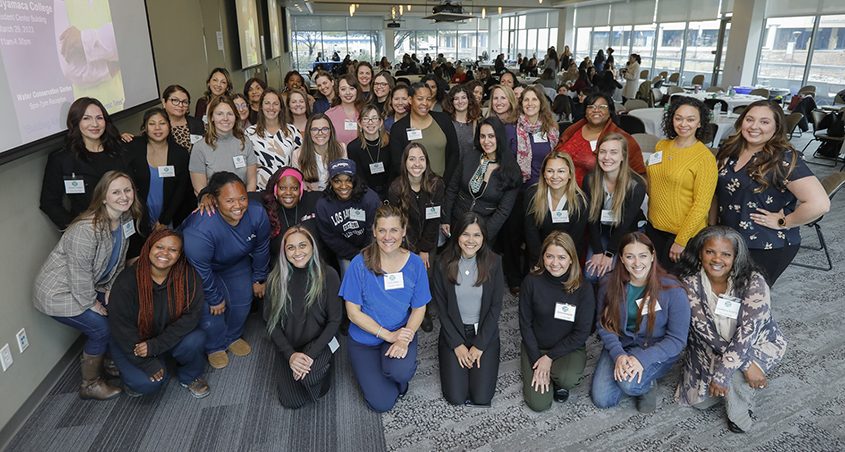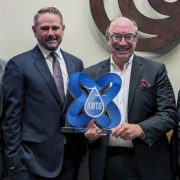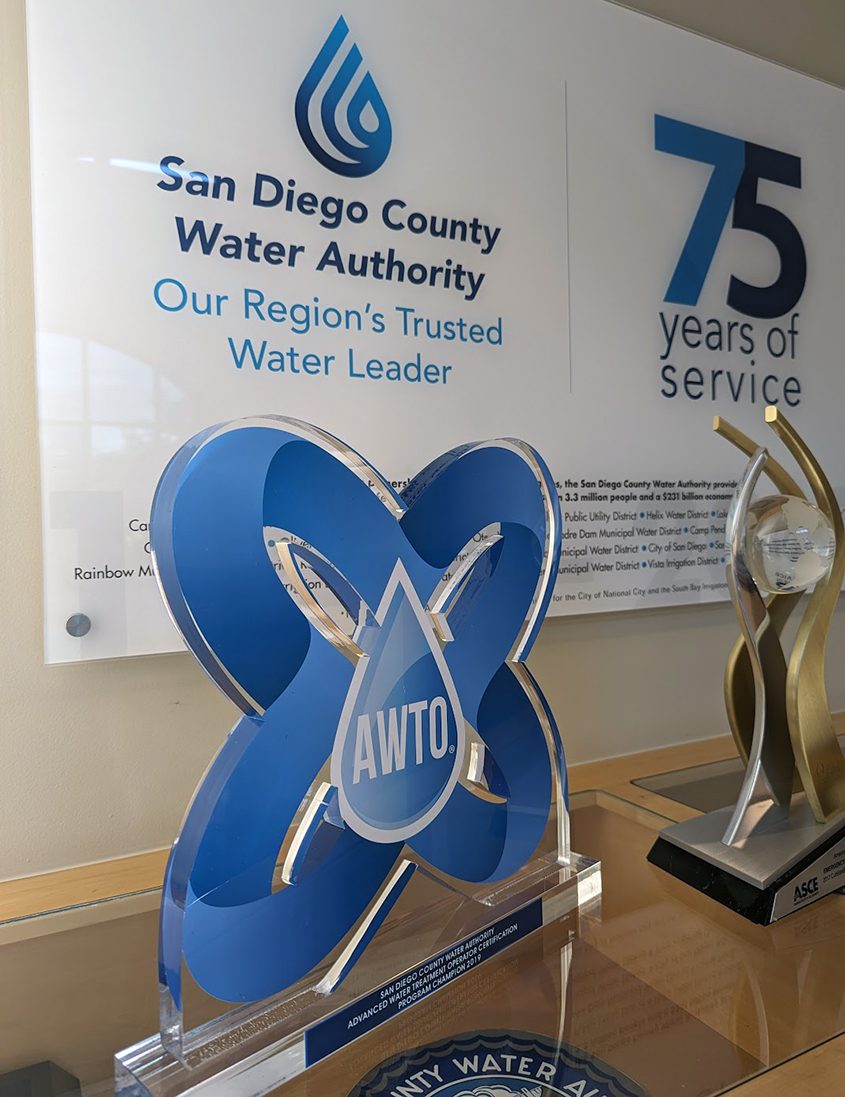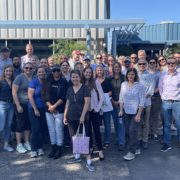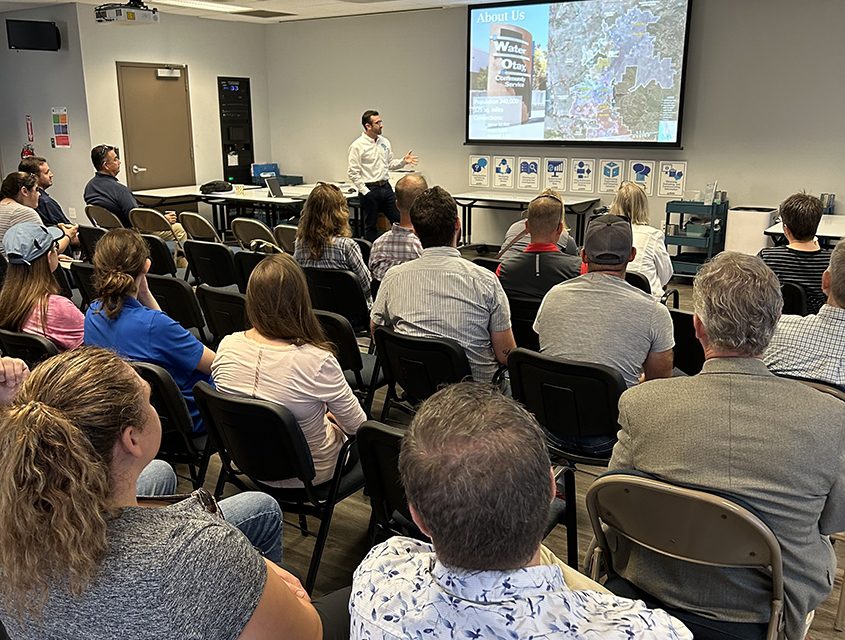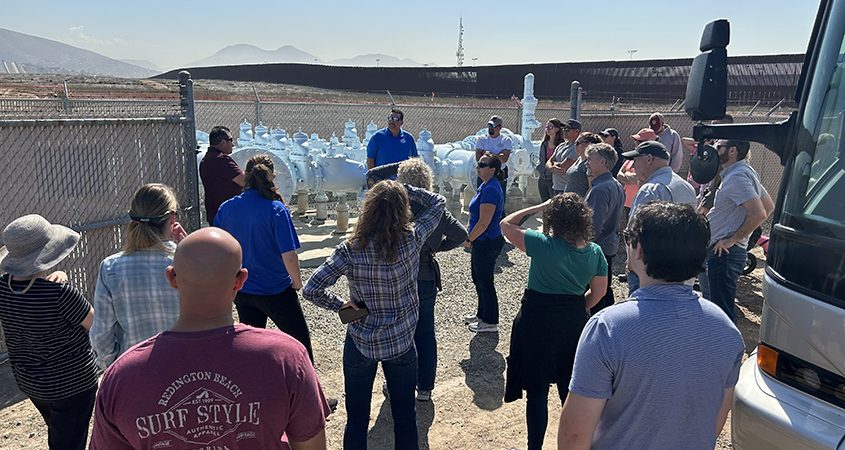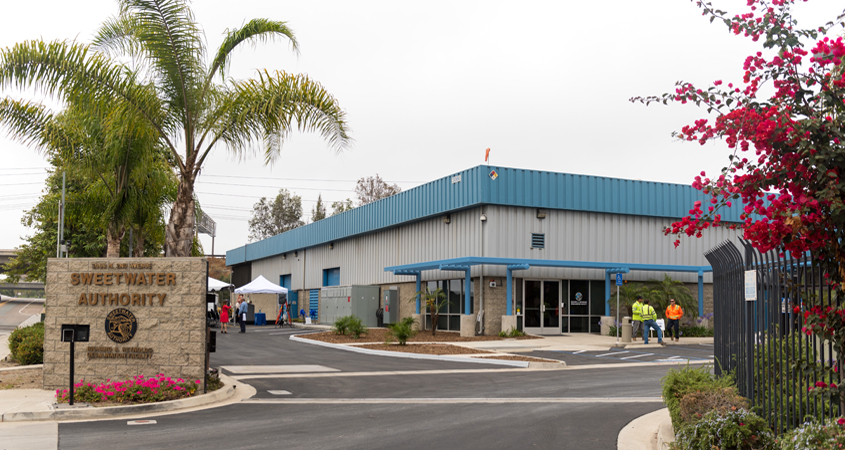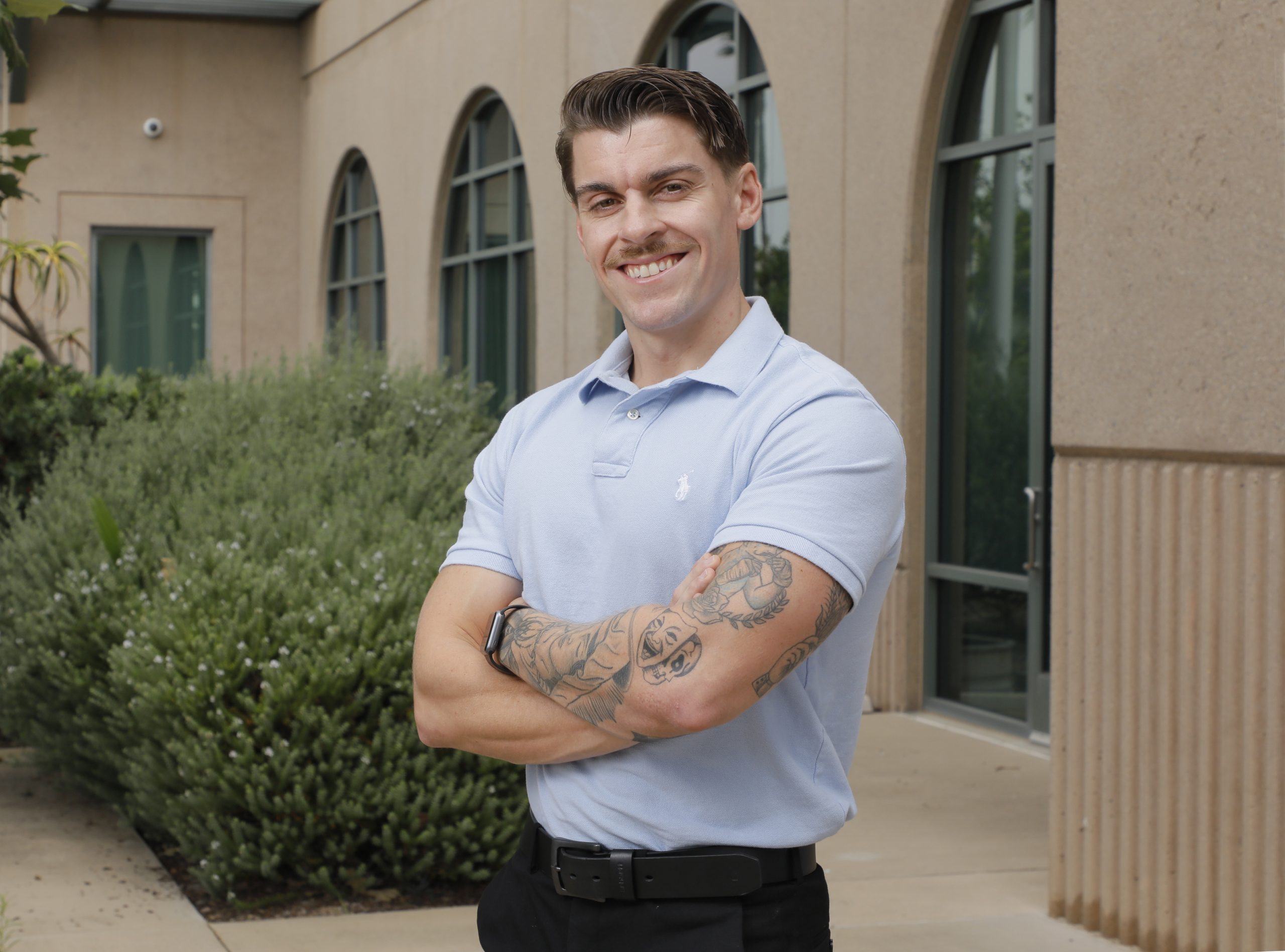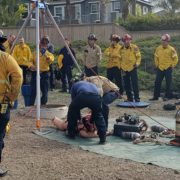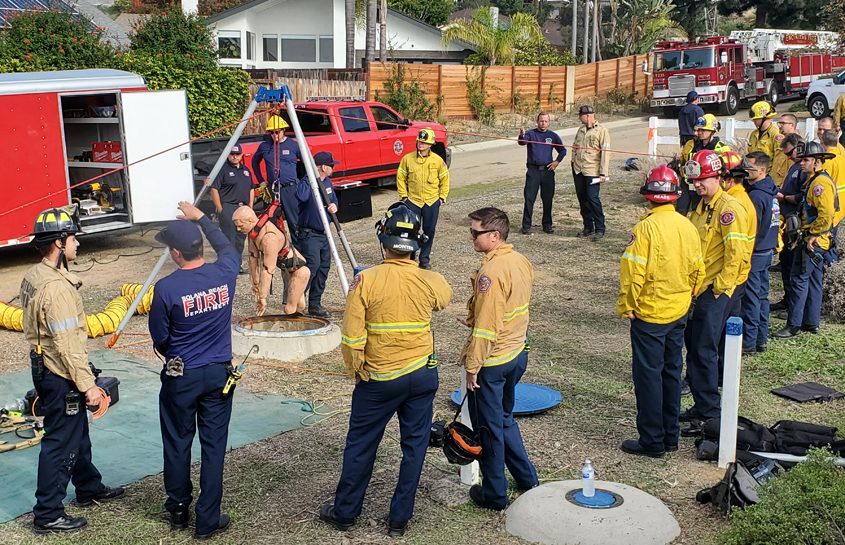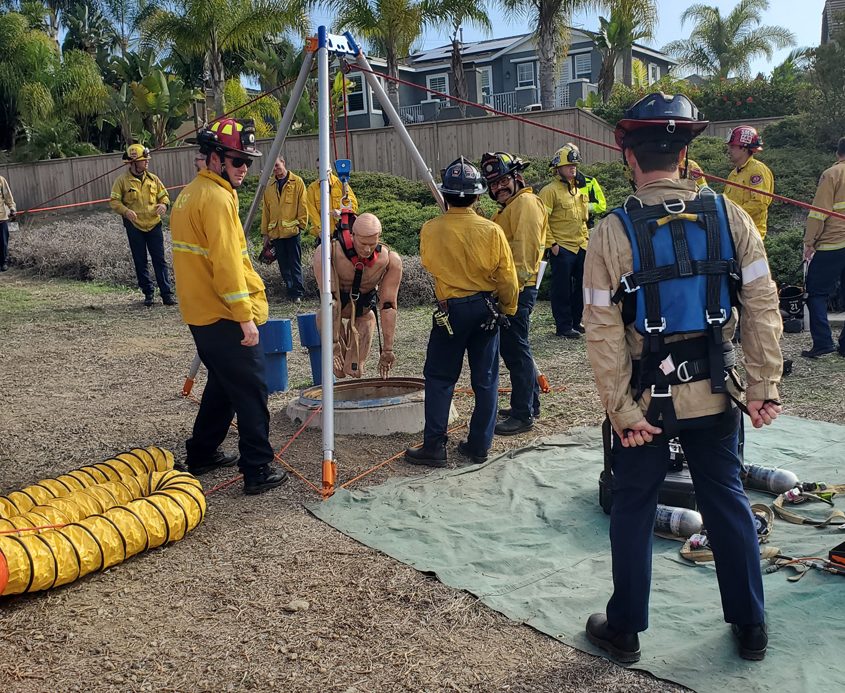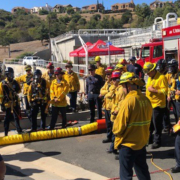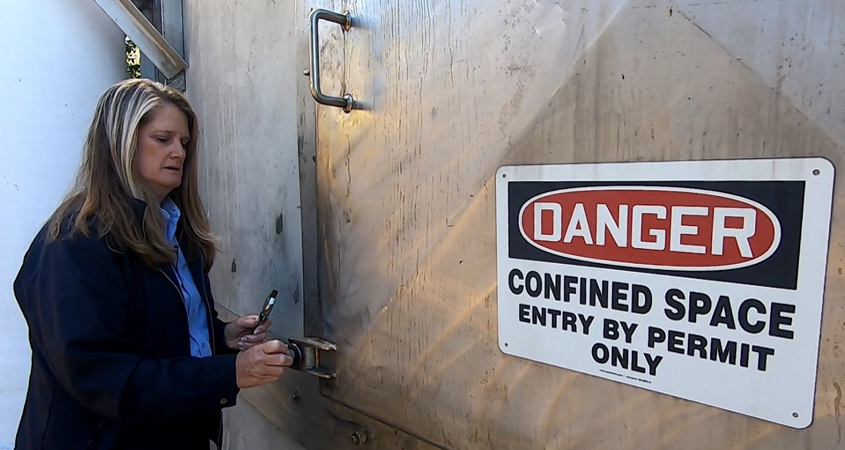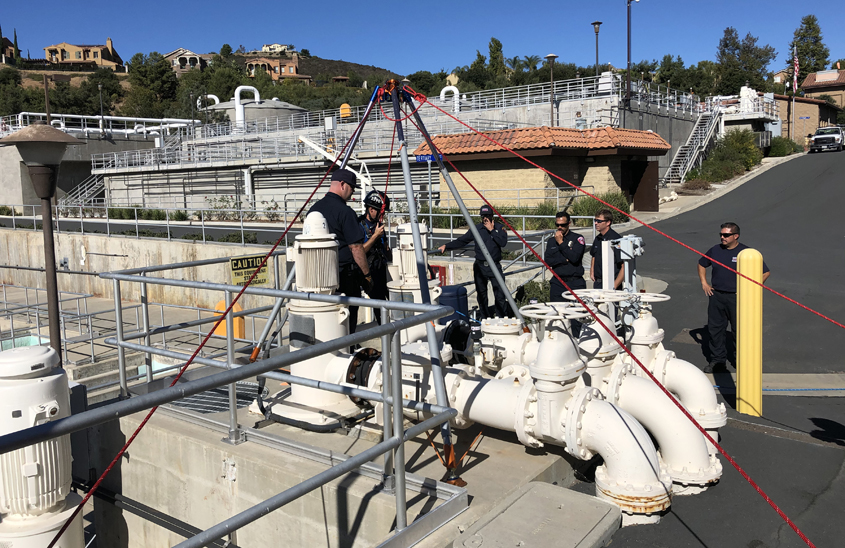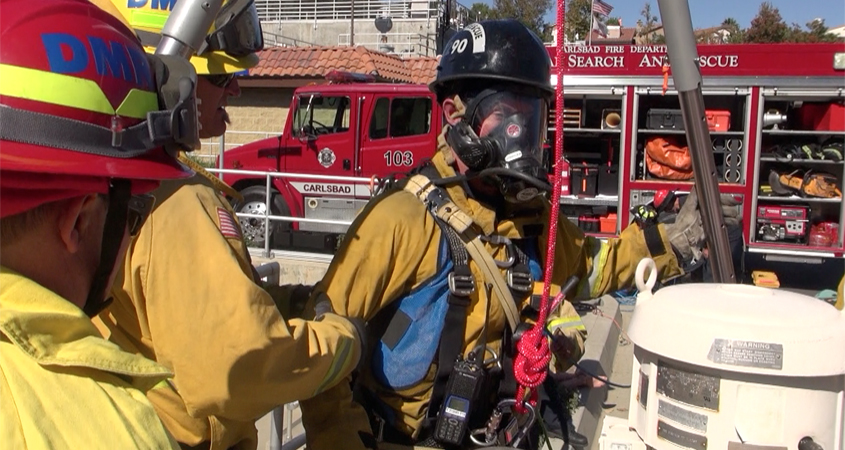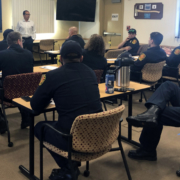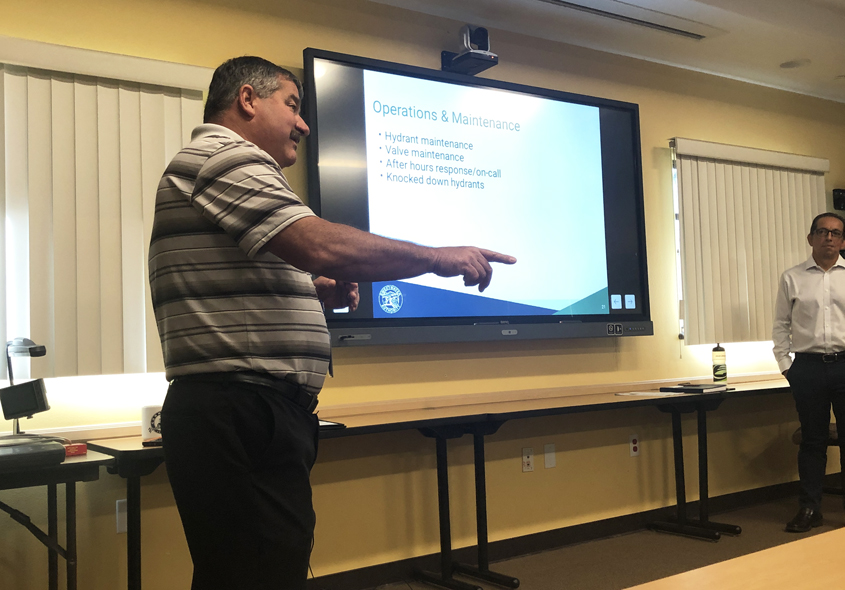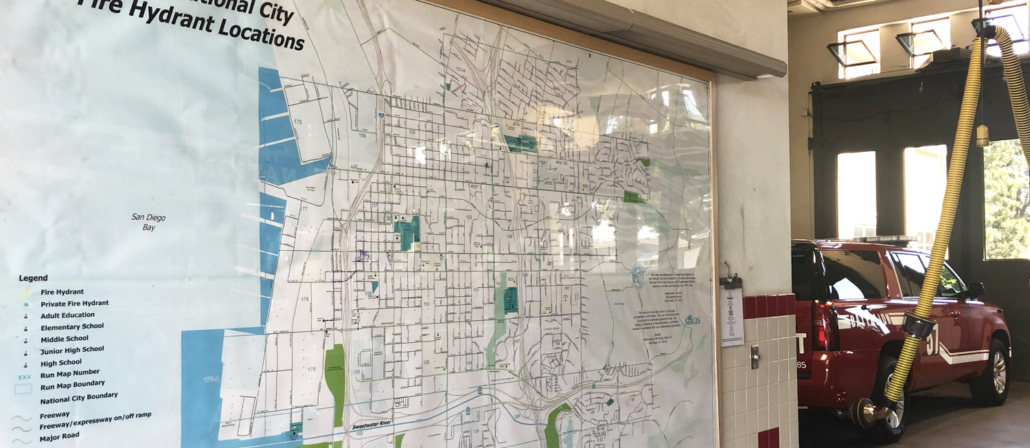2024 Women in Water Conference Fosters Workforce Diversity
Registration is now open for the 2024 Women in Water Symposium. The event returns for its seventh year with a full-day event on Thursday, March 21, 2024, at Cuyamaca College.
While open to all participants, the full-day, in-person program theme is “Empowering The Next Generation of Women.” It offers valuable opportunities for networking, education, and career growth. The program combines insightful panel discussions with dynamic speaker sessions.
The conference is designed to help participants develop new skills, connect with their industry colleagues, and make meaningful strides in their careers.
“Our Women in Water Symposium brings together exceptional women from all areas of the water industry, along with talented women in training and those interested in water industry career opportunities,” said event chairperson Maria Rose, a management analyst with the San Diego County Water Authority.
“This annual symposium offers an unparalleled opportunity to listen and learn from your peers and leaders across San Diego County.”
Sessions address all experience levels
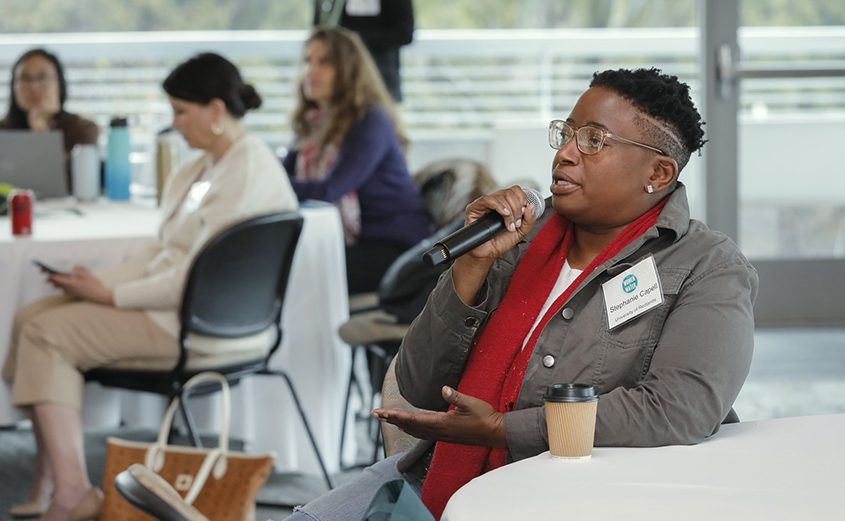
Attendees at the 2024 Women in Water Symposium on March 21, 2024 have an opportunity to speak with water and wastewater industry leaders. Photo: San Diego County Water Authority
Planned sessions address career development, leadership, mentoring, interviewing and negotiation tips, diversity, and dealing with change. The day concludes with a networking opportunity at the Water Conservation Garden.
General admission is $35. Attendance is free for students, educators, and counselors. Event registration is available online.
Event details and updates will be posted at the Cuyamaca College Center for Water Studies website.
Explore career opportunities
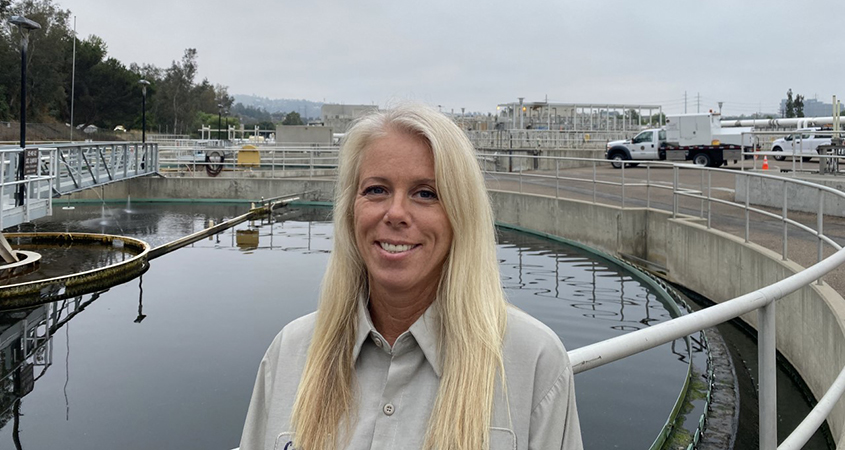
City of Escondido Wastewater Treatment Plant Operator Carrie Selby is among a growing number of women working in water and wastewater industry careers. Photo: City of Escondido
The water and wastewater industry offers vast opportunities in engineering, operations, finance, public affairs, human resources, administration, and information technology.
Since 2017, the Water Authority’s “Faces of the Water Industry” campaign has highlighted nearly 200 employees in San Diego County across multiple water agencies and job types.
The informational campaign is designed to introduce the wide variety of career opportunities available at all skill levels with an emphasis on welcoming a wide-ranging talent pool of candidates, including women.
Approximately 4,500 professionals serve the San Diego region in water and wastewater careers. More than 1,400 of those workers are expected to reach retirement age within the next five years. Water and wastewater treatment plant operators in California earn an annual mean wage of more than $77,890 in 2022, according to the U.S. Bureau of Labor Statistics. California is one of the states with the greatest employment opportunities in this career field.

